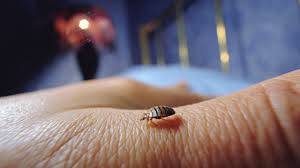How to Get Rid of Bed Bugs?
How To Kill Bed Bugs? Contact Us Bed Bugs Explained Bed bugs: Once in your home they are hard to get rid of. There are a lot of remedies out there, but professional help will be the best option. How did you get them and where did they come from? How do they get to different […]
How to Get Rid of Bed Bugs? Read More »
